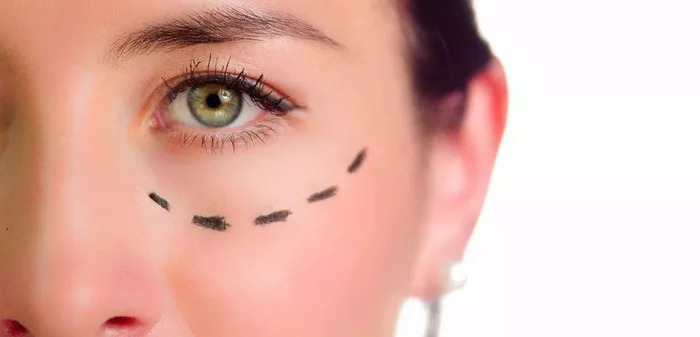Introduction to Milia
Milia are small, white bumps that often appear on the skin, typically on the face, cheeks, nose, and around the eyes. They form when dead skin cells become trapped beneath the surface of the skin, leading to the formation of tiny cysts. While milia are generally harmless, they can be cosmetically bothersome for some individuals. One common method of removing milia is through a procedure known as needle extraction.
Needle Removal Procedure
The needle extraction procedure involves using a sterile needle or lancet to carefully puncture the skin and extract the trapped keratin from the milia. Before attempting this procedure, it’s essential to gather the necessary supplies, including a sterile needle or lancet, rubbing alcohol or antiseptic solution, cotton balls or pads, and a clean towel.
To perform the needle extraction procedure:
Cleanse the skin: Start by cleansing the area surrounding the milia with a gentle cleanser and warm water. Pat the skin dry with a clean towel.
Prepare the needle: Sterilize the needle or lancet by soaking it in rubbing alcohol or applying an antiseptic solution. Allow it to air dry before use.
Puncture the milia: Using the sterilized needle or lancet, carefully puncture the surface of the milia. Gently apply pressure to the surrounding skin to encourage the trapped keratin to extrude.
Extract the contents: Once the milia has been punctured, use a clean cotton ball or pad to gently press on the area and extract the trapped keratin. Avoid applying excessive pressure, as this can cause damage to the surrounding skin.
Cleanse the area: After removing the contents of the milia, cleanse the area with an antiseptic solution to prevent infection. Apply a small amount of antibiotic ointment to promote healing.
Risks and Precautions
While needle extraction can be an effective method for removing milia, it’s essential to proceed with caution to minimize the risk of complications. Some risks associated with this procedure include:
Infection: Puncturing the skin with a needle can introduce bacteria and increase the risk of infection. Ensure that all equipment is sterile and that the skin is properly cleansed before and after the procedure.
Scarring: Improper technique or excessive pressure during extraction can lead to scarring or damage to the surrounding skin. Use gentle, controlled movements to avoid causing trauma to the skin.
Aftercare
After undergoing needle extraction for milia removal, proper aftercare is essential to promote healing and prevent complications. Some aftercare tips include:
Keep the area clean: Cleanse the treated area with a gentle cleanser and water twice daily to prevent infection and promote healing.
Avoid picking or rubbing: Refrain from picking at or rubbing the treated area, as this can increase the risk of infection and prolong healing time.
Apply sunscreen: Protect the treated area from sun exposure by applying a broad-spectrum sunscreen with SPF 30 or higher daily. Sunscreen helps prevent hyperpigmentation and scarring.
Professional Removal
While needle extraction can be performed at home, individuals with concerns about performing the procedure themselves or those with multiple or deeply embedded milia may prefer to seek professional removal. Dermatologists and trained skincare professionals can safely and effectively remove milia using specialized tools and techniques, such as comedone extractors or electrosurgery.
Conclusion
In conclusion, needle extraction is a common method for removing milia and can be performed safely and effectively when done with proper technique and precautions. However, individuals considering this procedure should weigh the risks and benefits and ensure they are comfortable performing it themselves. For those unsure or uncomfortable with DIY milia removal, seeking professional assistance from a dermatologist or skincare professional is always an option. By following proper technique, practicing good aftercare, and knowing when to seek professional help, individuals can effectively manage milia and achieve smoother, clearer skin.
FAQs
Can you pop milia with a pin?
It is not recommended to pop milia with a pin or any other sharp object at home. Attempting to pop milia can lead to infection, scarring, and further irritation of the skin. Professional dermatological procedures are safer and more effective for removing milia.
What is the easiest way to remove milia?
The easiest and safest way to remove milia is to seek professional help from a dermatologist or an esthetician. They may use techniques such as extraction, chemical peels, or microdermabrasion to effectively remove milia without causing damage to the skin.
Does skin needling remove milia?
Skin needling, also known as microneedling, is not typically used specifically for removing milia. While microneedling can improve overall skin texture and appearance, it may not effectively target milia. Other treatments such as extraction or chemical peels may be more suitable for milia removal.
What happens if you scratch off milia?
Scratching off milia can lead to skin irritation, redness, and potentially scarring. Additionally, scratching may not completely remove the milia, and it can cause the contents to spread to surrounding areas, leading to more milia formation. It is best to avoid attempting to remove milia at home and seek professional advice for safe and effective removal methods.


